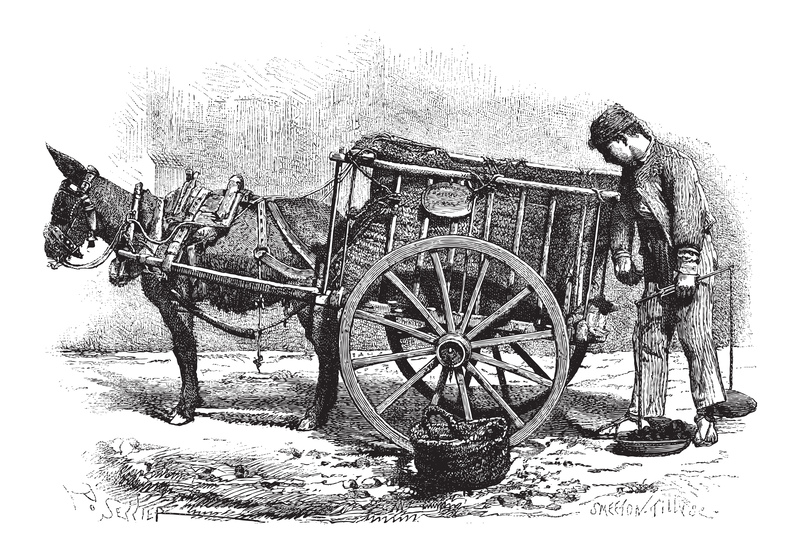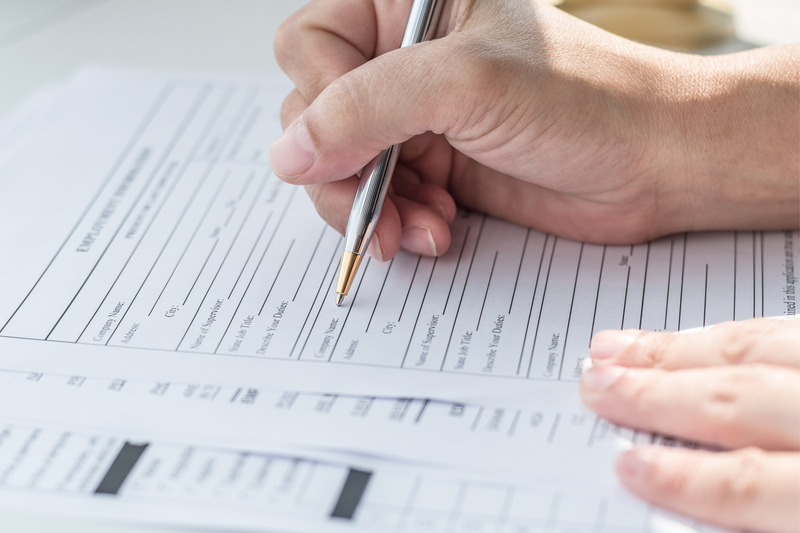Tips for Preventing Pollution Through Proper PPE Waste Disposal
Preventing pollution by disposing of Personal Protective Equipment (PPE) correctly isn't just a suggestion -- it's a crucial duty for individuals and organizations alike. With the surge in PPE use during recent global health events, improper PPE waste management has become a significant environmental issue. In this comprehensive article, we'll explore the best tips for preventing pollution through proper PPE waste disposal and highlight sustainable practices to reduce your environmental footprint.
Understanding the Environmental Threat of PPE Waste
PPE, such as masks, gloves, and face shields, has played a vital role in safeguarding personal health. However, improper disposal practices have led to wide-ranging environmental hazards, including increased landfill waste and the pollution of waterways and ecosystems.
- Single-use PPE waste often contains plastics and synthetic materials that do not break down easily.
- Improperly discarded PPE can spread pathogens and microplastics, endangering wildlife and marine life.
- Overflowing waste bins can result in littered streets and contaminated public spaces.

Why Proper Disposal of PPE is Essential for Pollution Control
The need to prevent pollution from PPE waste goes beyond visual pollution. Proper PPE waste disposal keeps toxic materials out of landfills, reduces the spread of disease, and helps maintain clean communities. When handled responsibly, PPE disposal also supports broader sustainability and public health goals.
Best Tips for Preventing PPE Pollution
1. Familiarize Yourself With Local Guidelines
Each city or municipality may have unique regulations regarding the segregation and disposal of PPE waste. Adhering to these rules ensures that your waste is processed correctly.
- Check with your local waste management authority or council for up-to-date disposal instructions.
- Look out for labels and signs indicating dedicated PPE bins in public spaces or workplaces.
2. Separate PPE Waste from Household and Recyclable Waste
One of the most effective ways to prevent pollution is to ensure PPE waste does not mix with recyclables or regular trash. Cross-contamination can compromise recycling efforts and increase health risks.
- Use a separate, clearly marked bin for PPE, especially for single-use items like masks and gloves.
- Never dispose of used PPE in recycling bins, as they cannot be recycled through standard programs.
3. Use Secure and Leak-Proof Bags
To avoid accidental spills or littering during collection, always place used PPE inside secure, leak-proof bags before disposing of them in designated bins. This step limits the exposure of waste workers and protects the environment.
- Tie the bags tightly, and if possible, double-bag for extra precaution.
- If disposing of large volumes of PPE waste (like in healthcare settings), consult with waste management professionals about specialized containment solutions.
4. Educate Employees and the Public
Awareness is key to responsible PPE disposal. Both workplaces and public institutions should provide clear signage and periodic training on PPE waste management protocols.
- Deploy posters and digital reminders outlining correct disposal procedures.
- Organize training sessions or share informational materials to underscore the environmental impact of PPE littering.
5. Choose Reusable PPE When Appropriate
Whenever safety guidelines permit, opt for reusable PPE items that can be sanitized and used multiple times instead of single-use options. This approach drastically reduces the volume of waste generated.
- Items like cloth masks and washable gloves are viable in low-risk environments.
- Ensure proper washing and drying procedures to maintain user safety and effectiveness.
6. Never Flush PPE Down Toilets or Drains
Flushing masks, gloves, or wipes down toilets or drains can cause major blockages and contribute to water pollution. These items are not designed to break down in water and can lead to sewer overflows and marine debris.
- Always discard PPE waste in appropriate trash bins.
- If you see others engaging in this practice, kindly inform them about the dangers posed to plumbing systems and the environment.
7. Support Community Cleanup Efforts
Volunteer for, or organize, local cleanup events aimed at removing PPE litter from parks, streets, and beaches. Not only does this directly reduce pollution, but it also raises public consciousness about the problem.
- Wear your own PPE during cleanups and follow hygiene recommendations.
- Underscore safe handling and proper disposal of all collected waste.
8. Work with Certified PPE Disposal Companies
If you generate substantial PPE waste -- like in clinics, factories, or hospitality venues -- consider partnering with licensed medical waste disposal firms. These professionals use appropriate methods to safely transport, treat, and dispose of contaminated or hazardous waste.
- Ask for documentation and proof of compliance with environmental regulations.
- Look for companies using eco-friendly treatment technologies, such as energy recovery or sterilization before disposal.
9. Encourage Innovations in PPE Materials
The future of PPE pollution control depends on innovation. Support or encourage the development and adoption of biodegradable or recyclable PPE materials, especially for mass-distributed items.
- Stay informed about new products made from compostable or plant-based materials.
- Advocate for companies and institutions to switch to sustainable PPE suppliers.
10. Promote and Participate in PPE Recycling Programs
While most single-use PPE isn't suitable for standard recycling, some specialized programs do exist. Terracycle and similar organizations offer unique solutions for recycling hard-to-process PPE items -- but participation requires proper segregation and collection.
- Contact local environmental groups to find out if such programs are available in your area.
- Follow program guidelines accurately to avoid contamination of recycling streams.
The Consequences of Improper PPE Waste Disposal
Failing to dispose of PPE responsibly can cause lasting environmental, health, and economic issues. Here are some of the most serious consequences:
- Water Pollution: PPE can clog storm drains, travel to rivers and oceans, and break down into microplastics, harming aquatic life.
- Soil Contamination: Chemicals and plastics from PPE leach into soils, potentially affecting agriculture and natural habitats.
- Human and Animal Health Risks: Used PPE may carry pathogens, leading to increased disease transmission for sanitation workers, animals, and the public.
- Waste Management Strain: High volumes of PPE in the wrong waste streams overwhelm existing recycling and processing capabilities.
How Individuals and Businesses Can Make a Difference
Everyone has a role to play in keeping their communities clean and preventing pollution caused by PPE waste. Whether you are a private citizen, a business manager, a healthcare provider, or a government official, integrating effective PPE waste management strategies will yield substantial benefits.
Practical Steps for Households
- Keep a dedicated PPE bin at home, and educate family members about proper disposal.
- Never throw used PPE onto the street, parking lots, or nature trails.
- Consider switching to reusable masks or gloves when safe and feasible.
- Teach children about the environmental impact of PPE littering.
Practical Steps for Workplaces
- Install sufficient and clearly labeled PPE waste bins at entry and exit points.
- Implement routine waste collection and bin-clearing schedules.
- Offer training and reminders to staff regarding PPE waste segregation.
- Partner with professional waste disposal services for large or hazardous loads.
The Importance of Sustained Public Awareness
Preventing pollution through proper PPE waste disposal is an ongoing process that requires continuous education and community involvement. Public campaigns, educational workshops, and informative signage can help reinforce best practices, leading to greener, safer cities.

Frequently Asked Questions About PPE Waste Disposal
Q: Can disposable PPE be recycled in household recycling?No. Standard recycling facilities are not equipped to handle contaminated PPE waste. Always place disposable PPE items in landfill bins or use dedicated PPE collection points.
Q: Are there biodegradable alternatives for PPE?Yes, several manufacturers now offer biodegradable or compostable PPE products, particularly masks and gloves. Look for certified options, and ensure they are properly disposed of according to manufacturer instructions.
Q: Why is it dangerous to litter PPE?Littered PPE can transmit viruses or bacteria, pollute the environment, and injure wildlife. It also burdens municipal cleaning teams and wastes public funds.
Conclusion: Commit to Responsible PPE Waste Management
Adopting the right tips for preventing pollution through proper PPE waste disposal is a shared responsibility that benefits your health, your community, and the planet. By raising awareness, embracing reusable options, and ensuring correct waste segregation, we can minimize the ecological footprint of PPE and contribute to a cleaner, safer world.
Start implementing these strategies today. Every piece of properly disposed PPE is a small but meaningful step toward preserving our environment and preventing pollution for future generations.